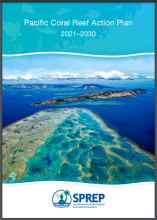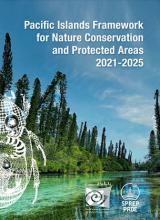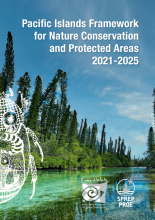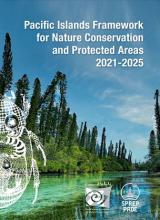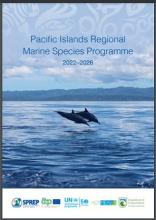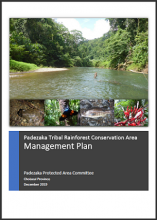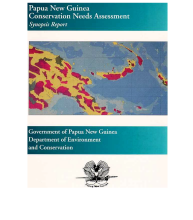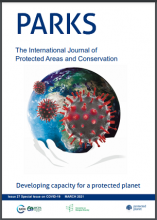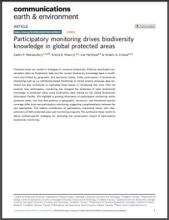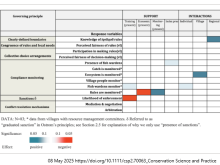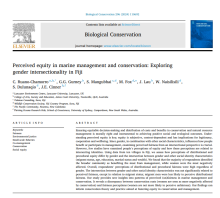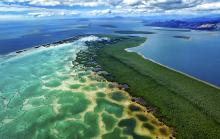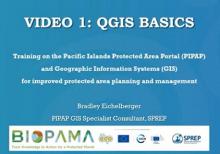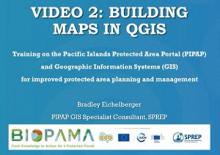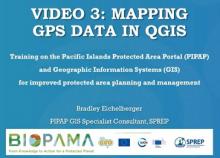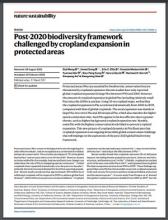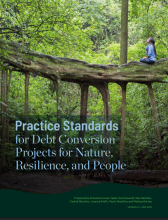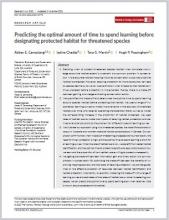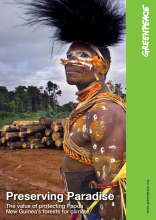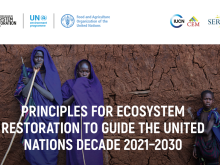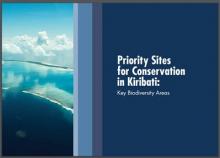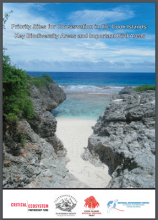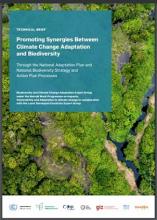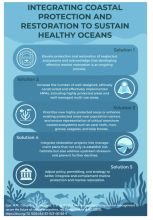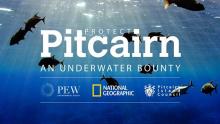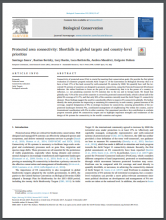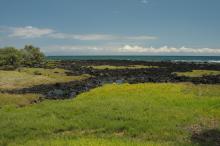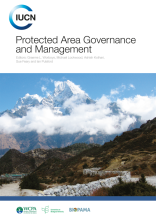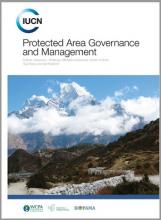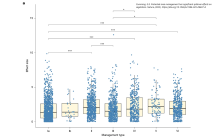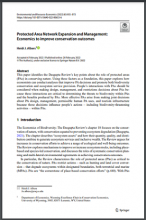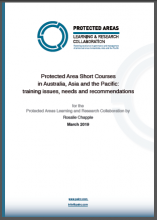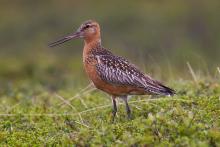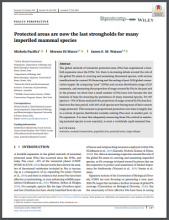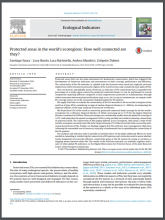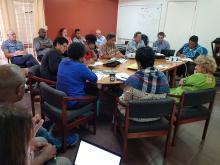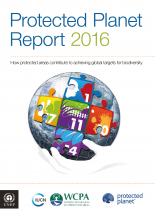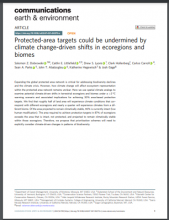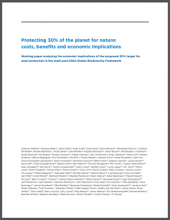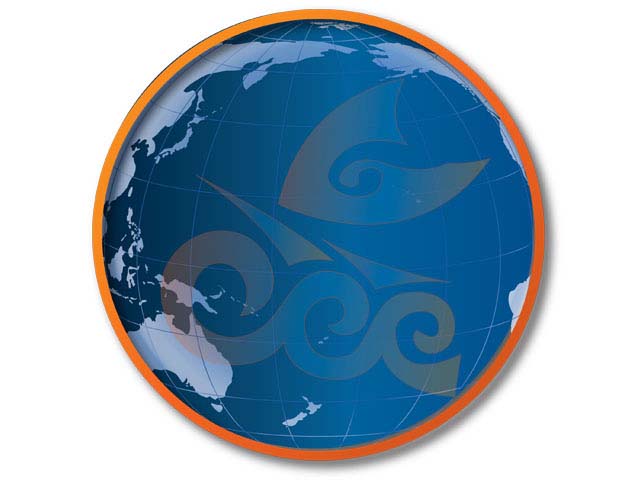
There are many global initiatives that provide information, resources and tools for practitioners at protected areas. Due to the nature of these initiatives, they tend to be broad-scale and do not necessarily hold information about many of the smaller protected areas such as those in the Pacific where many protected areas fall under local indigenous conservation and management. However, some of these global networks and partnerships provide practitioners with tools that can be adapted for use anywhere. You may also find that there are training, funding and other opportunities that can help you with efforts in your own location.
Below are descriptions of some global protected area networks and partnerships providing information and support to practitioners around the world. There are also a large number of other networks and partnerships that can provide conservation and technical assistance in various forms.
Pacific Islands Marine Portal
The Pacific Islands Marine Portal provides various information on the status of marine protected areas and much more.
Perceived Equity in Marine Management and Conservation : Exploring Gender Intersectionality in Fiji.
Priority Sites for Conservation in the Cook Islands: Key Biodiversity Areas and Important Bird Areas
Protecting 30% of the planet for nature: costs, benefits and economic implications
The current report, based on the work of over 100 economists/scientists, analyses the global economic implications of a 30% PA target for agriculture, forestry, fisheries, and the PA/nature sector itself.

